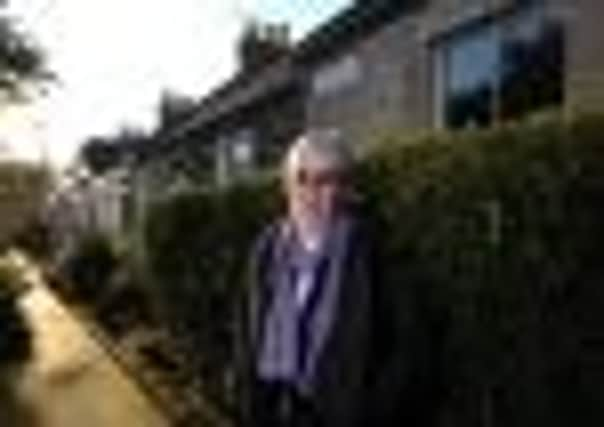Council chiefs say no to Pilrig conservation area


But while proud locals argue the Pilrig area oozes history, council officials think there’s little of interest in the area.
Leith Central Community Council’s bid to make Pilrig a conservation area was met with an underwhelming response in an assessment by council officers.
Advertisement
Hide AdAdvertisement
Hide AdTheir damning report states that Pilrig House, the former residence of Robert Louis Stevenson, is the “exception” rather the rule when it comes to the area’s historical significance. Instead, the report states its buildings lack character and: “The area’s value in terms of the wider context of the city appears to be limited.”


The lacklustre assessment has been rejected by supporters including historians, MPs and heritage groups, who say it is well worth preserving.
Annette O’Carroll, who has a PhD in the history of Edinburgh, compiled the community council’s research for the proposal and said the area was “rich in history”.
She said: “The officials seem to think it perhaps doesn’t have a very strong case but I don’t understand why this is the case.
“There’s Pilrig House and its history with the Balfour family but, in addition to that, there’s the Pilrig Cottages off Arthur Street and the tenements in Balfour Street designed by R Rowand Anderson, the architect of the Scottish Portrait Gallery. If you just walk around you might think it’s a bit run down but there’s so much history behind it.”
Campaigners also pointed to Plewlands, near Morningside, which was given conservation status in 2009 and said it was not dissimilar to Pilrig in terms of architecture.
Roland Reid, secretary of Leith Central Community Council, said he had made the bid in an effort to safeguard the area and maintain Pilrig’s character.
He said the Pilrig colony development, originally part of the proposed area, had now been designated separately by the council but the rest of the area is still predominantly Victorian.
Advertisement
Hide AdAdvertisement
Hide AdMr Reid said he was disappointed by the report’s “limited value” verdict and said anyone reading the community council’s research would be impressed with the case.
Euan Leitch, assistant director of the Cockburn Association, backed the bid and was impressed it had come from within the community. He said: “I would say it definitely merits conservation area status. I think there are enough buildings within the site which are of historical value and the open space is obviously of value, as well as Pilrig House.
“It would be good to see it get conservation status.”
Mark Lazarowicz, MP for Edinburgh North and Leith, said Pilrig has a “character all of its own”.
He said: “It is not just the city centre that has its history and distinctive architecture, and Pilrig is a good example of the type of community that makes Edinburgh special.”
HISTORY LESSON
Pilrig House: Built in 1638, it is a late example of a traditional Scottish laird’s house. Robert Louis Stevenson’s grandfather Lewis Balfour was born in the house in 1777 and it is mentioned in two of his novels.
Pilrig Cottages: A decline in property development in Edinburgh from 1825 onwards led to terraced-style cottage dwellings like these.
Balfour Street: Designed by R Rowand Anderson, architect of the Scottish Portrait Gallery.
Shrubhill: The Gallow Lee, where criminals were executed. Some of the mortar sand used in the building of the New Town is said to be mixed with the remains of the criminals executed here.
Rosebank Cemetery: Contains several monuments including the Gretna Memorial (pictured), to mark the 226 lives lost in the 1915 rail disaster.